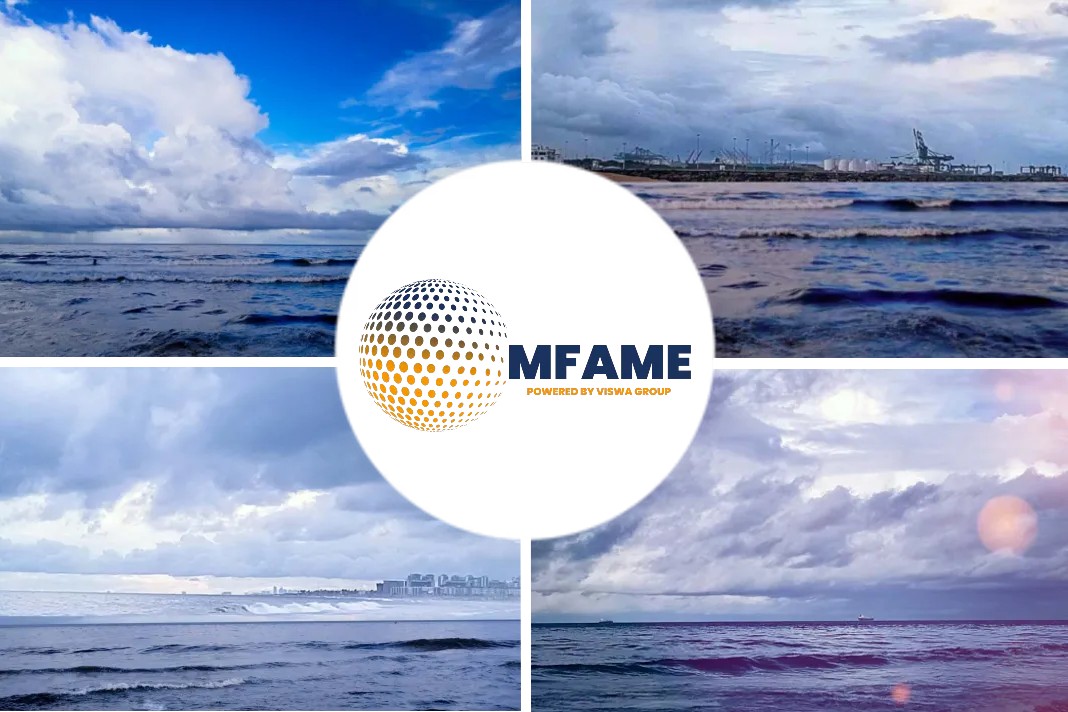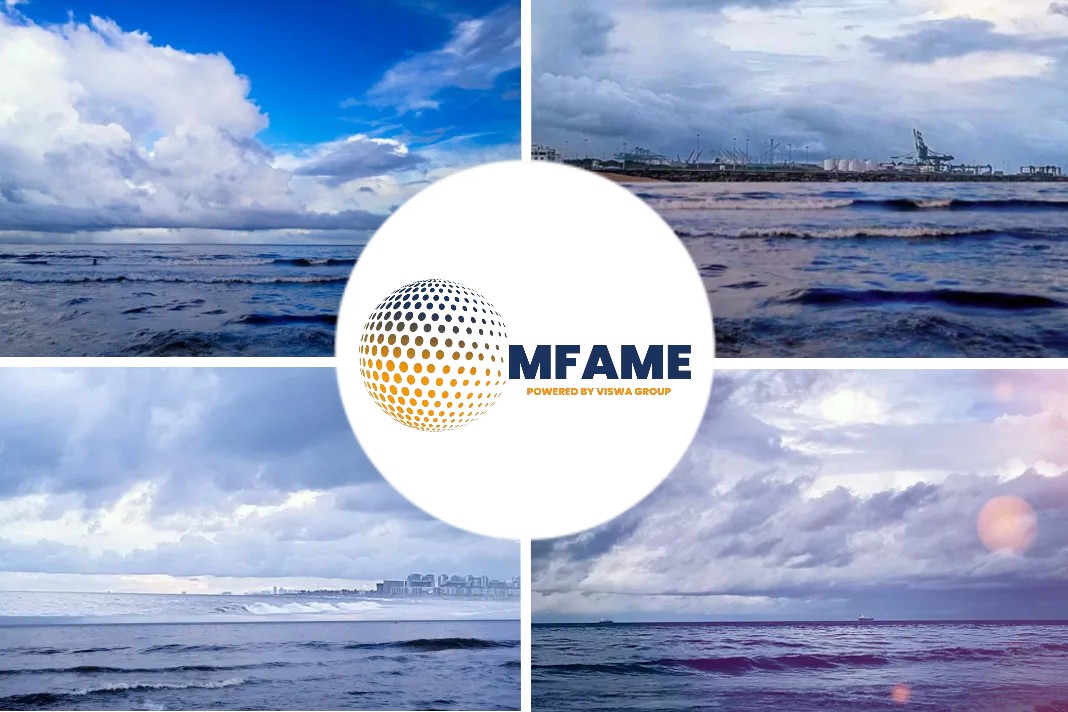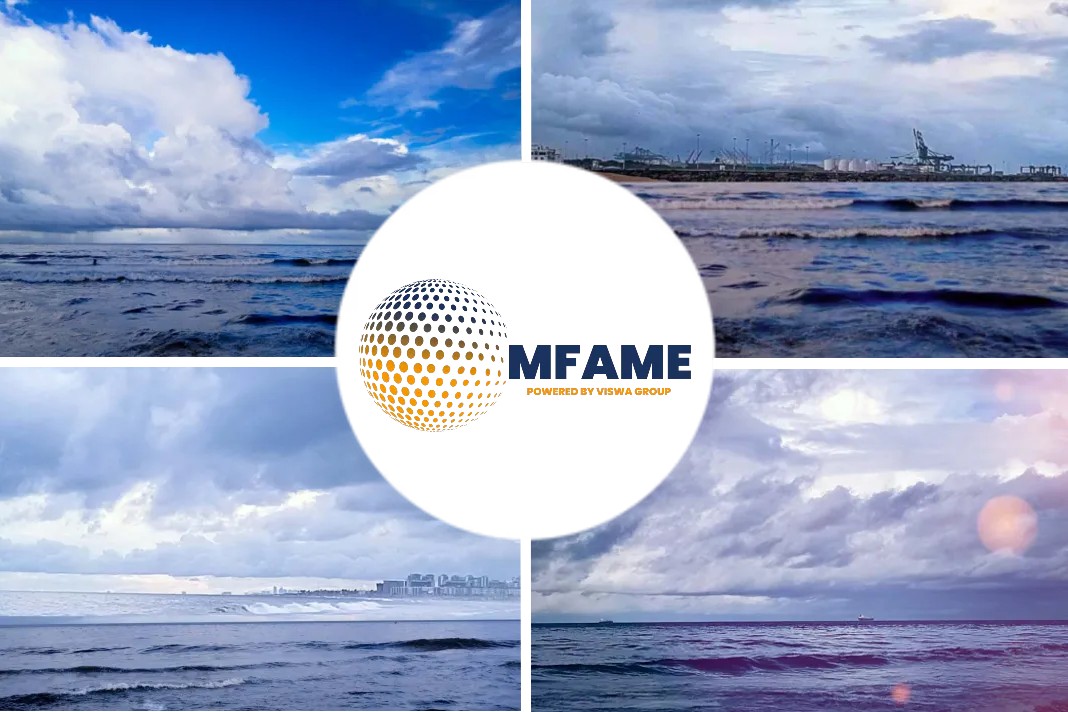- JB Hunt has entered the freight forwarding sector after receiving an NVOCC license from the Federal Maritime Commission.
- FMC ocean transport intermediaries (OTI) database lists JB Hunt as an authorized NVOCC with its license due for renewal on 30 September 2022.
- JB Hunt owns the largest fleet of 53ft containers in the country, and uses CIMC’s freight forwarding subsidiary, CIMC Logistics, to arrange the import of newly-manufactured units.
Based on a report by The Loadstar, one of the largest overland freight transport providers in the US, JB Hunt, has entered the freight forwarding sector after receiving an NVOCC license from the Federal Maritime Commission (FMC).
Carrier license
According to ocean recovery expert Steve Ferreira, founder of Ocean Audit, JB Hunt was awarded its non-vessel operating common carrier license “a few weeks ago”, and the FMC ocean transport intermediaries (OTI) database lists JB Hunt as an authorized NVOCC with its license due for renewal on 30 September 2022.
On LinkedIn, Mr. Ferreira speculated that the company’s new business line may be due to its relationship with Chinese container manufacturer CIMC, which builds JB Hunt’s fleet of 53ft containers, the box size generally used in US domestic road and intermodal transport.
Newly-manufactured units
JB Hunt owns the largest fleet of 53ft containers in the country, and uses CIMC’s freight forwarding subsidiary, CIMC Logistics, to arrange the import of newly-manufactured units.
“This is fascinating stuff,” said Mr. Ferreira. “My take is that JB Hunt produces 53ft containers in China and they use CIMC, which is soliciting full loads of furniture and other miscellaneous cargo, and in the last 12 months shipped 12-13,000 teu inside JB Hunt’s 53ft intermodal units,” he explained.
Exploit capacity
He added that the NVOCC license may well also “be used by JB Hunt to exploit that capacity” as a launchpad to develop more fully-fledged transpacific freight forwarding services for its domestic customers, many of which are likely to have import traffic.
“What might JB Hunt be doing with the new license? It’s pretty apparent that one option might be picking into its enterprise clients and soliciting and upselling those clients; something that FedEx or UPS does,” he added.
Conclusion
While the 53ft container is commonly used throughout the US, most transpacific imports enter the country in 40ft units which are subsequently devanned close to the import ports and the cargo reloaded into 53ft units for onward transport across the US.
Did you subscribe to our daily newsletter?
It’s Free! Click here to Subscribe!
Source: TheLoadstar















